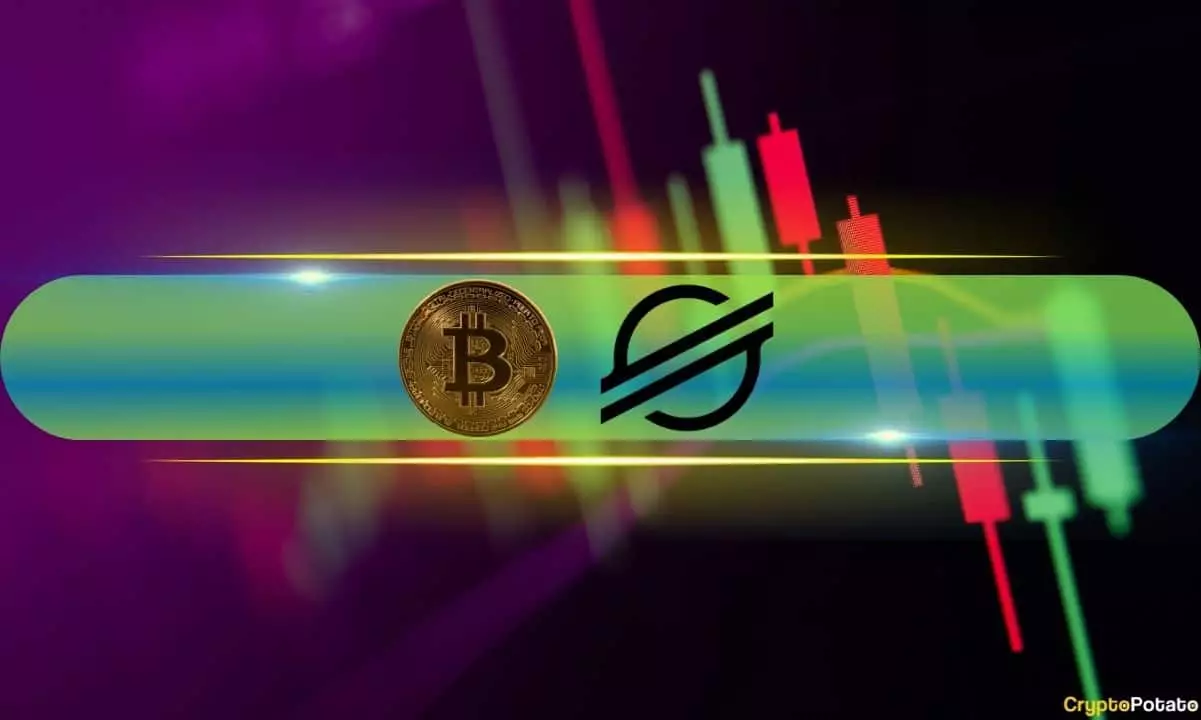The recent surge in cryptocurrency markets has been nothing short of extraordinary, with Bitcoin climbing to an all-time high close to $119,000 and other altcoins following suit. Such meteoric rises create a false sense of security among investors, feeding the illusion that these gains are sustainable. However, history teaches us that rapid and unchecked upward momentum often precedes market corrections or crashes. The current rally, while impressive, may be fundamentally disconnected from real economic value, driven instead by speculative fervor and hype. This disconnect significantly raises the question: are these gains merely a fleeting bubble, or are we witnessing the dawn of a new financial era? As an observer rooted in a balanced, center-right perspective, I recognize the allure of innovation and technological progress but remain wary of unwarranted exuberance that could phase into a destabilizing reckoning.
The Risks of FOMO and Regulatory Ambiguity
A critical issue plaguing this rally is the propagation of FOMO—fear of missing out—which propels investors into buying frenzies without adequately assessing risks. This herd mentality can distort market signals and inflate asset values beyond rational bounds. Moreover, regulatory clarity remains elusive in many jurisdictions, with governments and financial authorities hesitating or wavering in their responses to digital assets. This regulatory gray area fosters a wild west environment where speculation runs rampant, setting the stage for potential crackdowns or sudden restrictions that could wipe out sectors overnight. The current exuberance masks these vulnerabilities, creating a dangerous scenario where a correction could cascade into broader economic destabilization.
The Centralized Power of Crypto and Its Future Implications
Despite the decentralized promises of cryptocurrencies, recent trends reveal that market dominance still heavily favors top assets like Bitcoin and Ethereum, while smaller coins like XRP, CRO, and XLM experience volatile swings. This concentration raises questions about the true decentralization and democratization of wealth that crypto initially aimed to promote. Additionally, the rapid rally invites entities with vested interests—major investors, institutions, and even governments—to manipulate markets for their benefit. Such manipulation undermines the integrity and transparency of the market, turning it into a playground for the wealthy rather than a tool for ordinary investors. In this context, a cautious yet pragmatic stance is essential to prevent the emergence of a new financial monoculture that favors power brokers over individual freedom and economic fairness.
Market Inflation vs. Genuine Value
The striking growth of over $300 billion in total market capitalization within a few days signifies a potential inflation of value rather than genuine wealth creation. While technological innovations and increasing adoption may justify some of the gains, the scale and speed of this rally strongly suggest speculative inflation. Assets like Pi Network, which have struggled to hold onto their gains, highlight how fragile this bubble can be. These patterns emphasize the importance of critical skepticism and prudent risk management, especially for retail investors enticed by the promise of overnight riches. Unchecked markets, driven by hype rather than fundamentals, risk collapsing, leaving many behind in the wake of a dramatic retracement. As a center-right liberal, I believe fostering responsible investing and regulatory oversight is paramount to ensuring that the market’s future remains resilient rather than a precarious gamble.


Leave a Reply